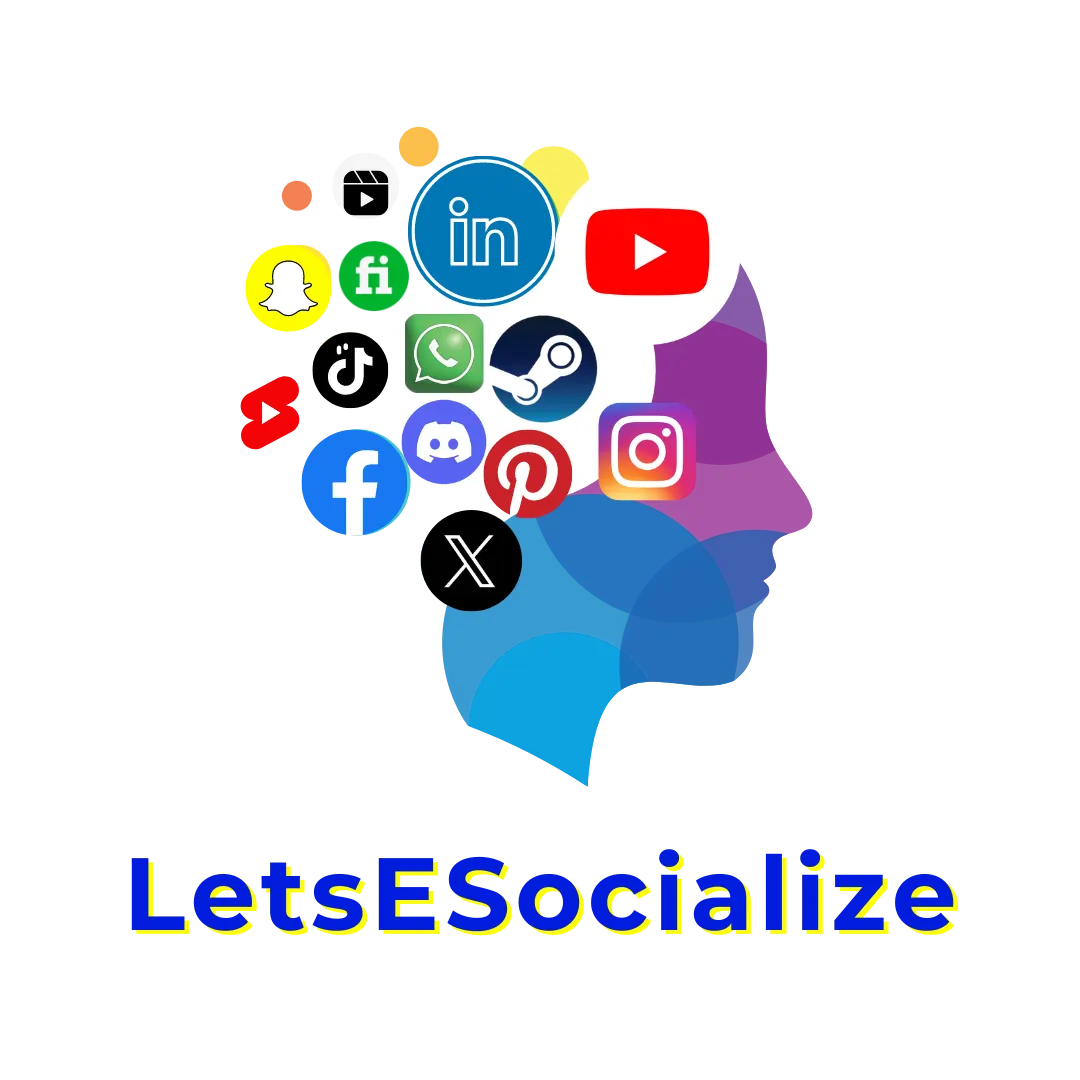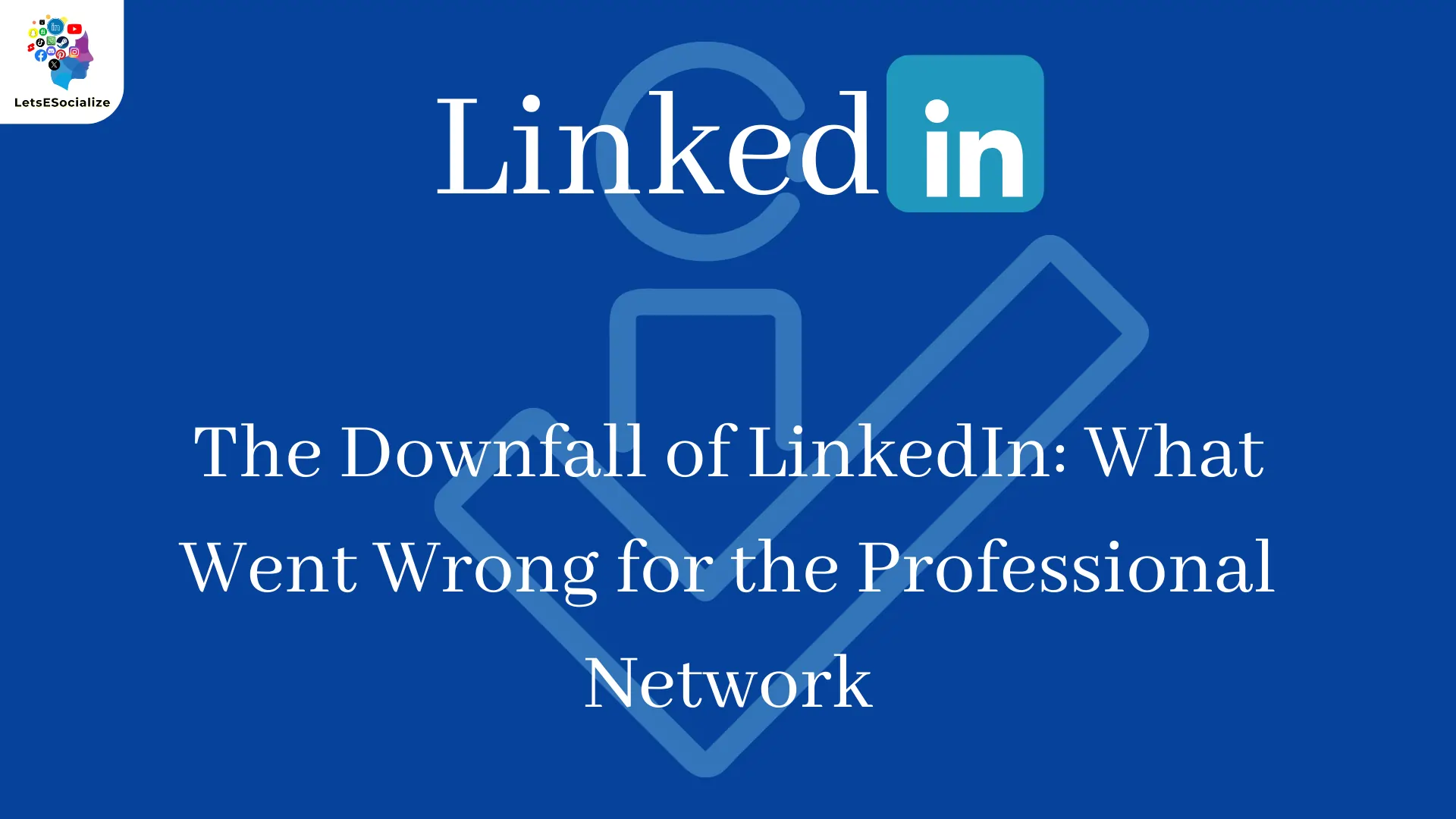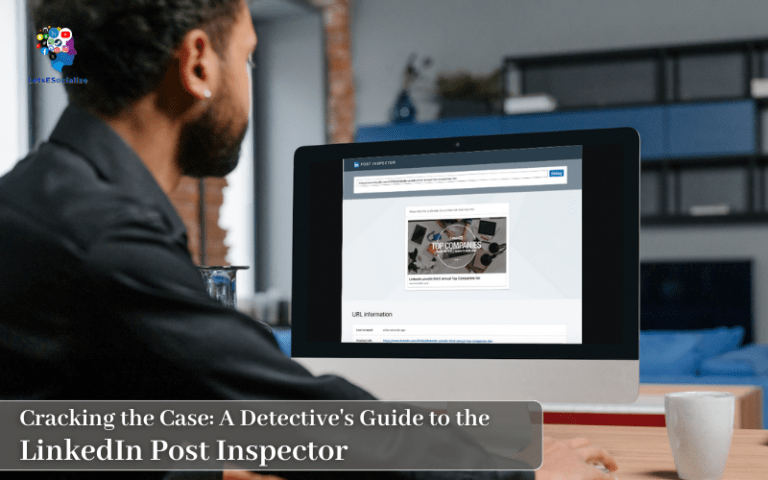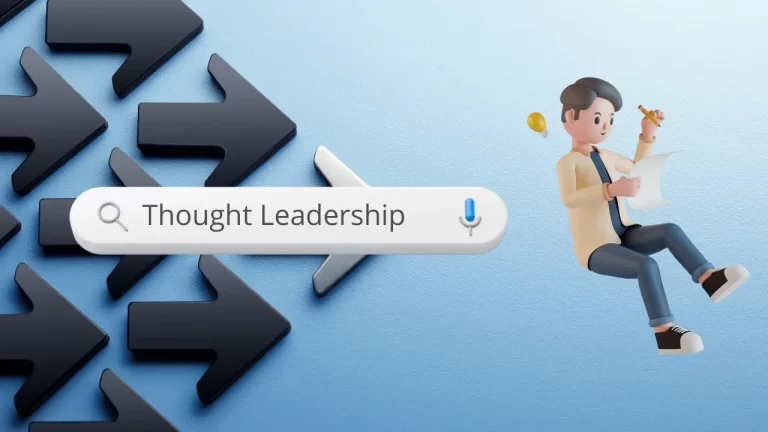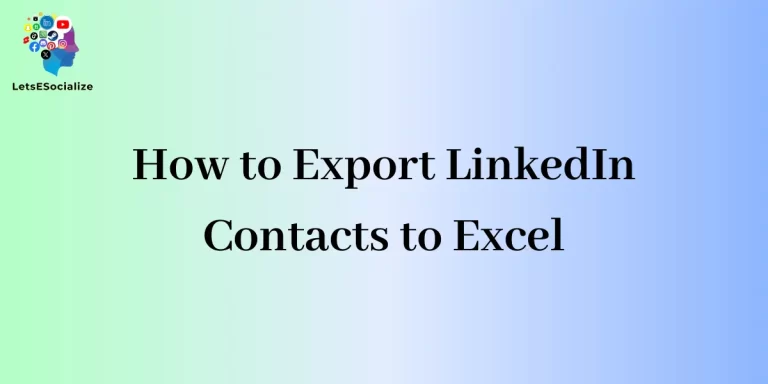LinkedIn was launched in 2003 and quickly became the world’s largest professional networking platform, with over 700 million members by 2021. However, in recent years, the Downfall of LinkedIn – shedding users, engagements, and trust.
Table of Contents
LinkedIn’s Initial Rise and Dominance
To understand LinkedIn’s downfall, we first need to examine its initial rise and dominance in the professional networking space.
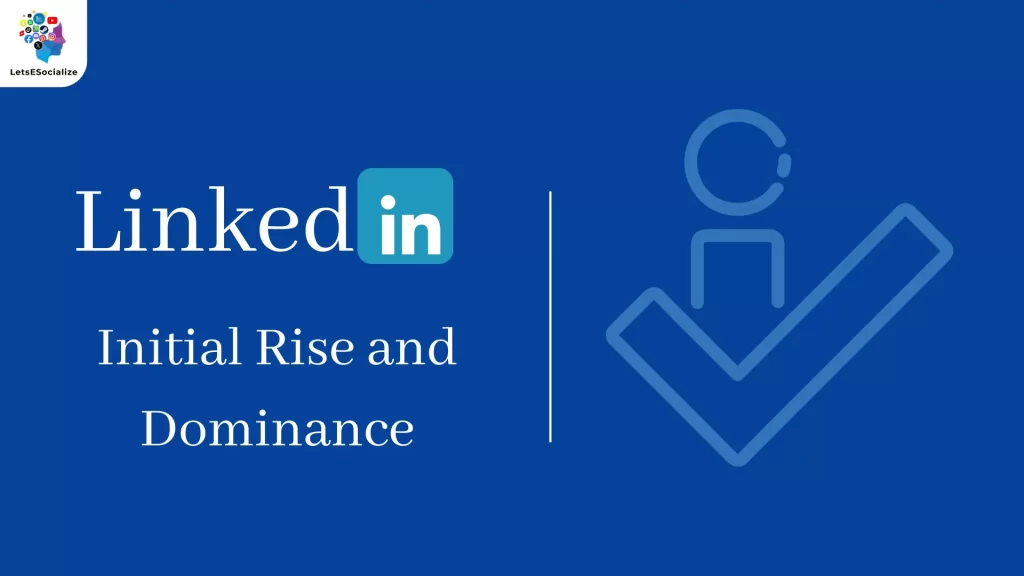
LinkedIn provided real value by allowing users to:
- Create professional profiles showcasing experience
- Connect with colleagues, clients, and partners
- Discover jobs, business deals, and career opportunities
- Join industry groups and discussions
- Develop an online professional identity
- Get endorsements and recommendations
- Publish professional insights through long-form posts
- Forge new business relationships and widen reach
This helped attract over 70 million monthly active users within LinkedIn’s first decade. LinkedIn became the de facto platform for digital professional networking.
For many, a LinkedIn profile became essential for career advancement and expanding connections. Employers viewed engagement on LinkedIn as a benchmark for assessing candidates.
LinkedIn also enjoyed high trust and loyalty among its user base during its rise. But as we’ll see, this changed as troubling signs emerged.
Also Read – How to Add or Change Your Google Business Profile Title
Also Read – Why Publish a LinkedIn Article? The Ultimate Guide to Thought Leadership Content
Increase in Annoying Ads
One of the first indicators of LinkedIn’s future downfall was the escalation of ads on the platform around 2015-2016. LinkedIn had always included some sponsored content, but this quickly expanded into a torrent of marketing material.

The platform began inserting multiple ads into user feeds, emails, messages, and nearly every section. These ads were frequently irrelevant to users’ interests or industry. Members complained about the unrestrained commercialization.
For many, the expanding ads were seen as:
- Annoying and disruptive to the user experience
- Misaligned with a “professional” platform
- Removing value and wasting members’ time
- More about generating revenue than benefitting users
- Destroying the clean interface and professional context
This backlash was LinkedIn’s first major sign that maximizing profits over user experience could damage trust and loyalty.
Irrelevant Content in Feeds

Along with the proliferation of ads, LinkedIn feeds became increasingly flooded with irrelevant or meaningless content. This included:
- Viral meme-like posts instead of professional insights
- Clickbait headlines and listicles
- Motivational or promotional posts from influencers
- Survey requests and polls with no value
- Comments and reactions just aiming for engagement
Real professional connections and useful content were lost in the low-quality viral clutter. This shifted LinkedIn away from substantive discussions and turned feeds into a mix of ads and mindless posts.
Many questioned what any of this had to do with career networking and development. LinkedIn had diluted its core value proposition that attracted users in the first place.
Privacy and Data Concerns
As LinkedIn grew into a social media giant, users also began questioning its data practices and privacy safeguards.

Key issues included:
- Lack of transparency about how personal data is used and monetized
- Questionable ad targeting based on profile details
- Potential sale of data to third parties or external analytics
- No way to know what insights LinkedIn gathers from activities
- Abuse of data for surveillance or censorship by governments
- No option to delete data or permanently close the account
For many professionals, this contradicts LinkedIn’s positioning as a trusted platform for establishing online identity and networking. Concerns over data privacy started eroding user trust.
Interface and UX Changes
LinkedIn’s user interface and experience underwent frequent incremental changes over the years. But around 2018-2020, the most substantive UX overhaul occurred.

This redesign faced backlash for:
- Performance issues and bugs disrupting usage
- Removal of popular features and customization options
- Difficulty finding relevant content and connections
- Jumbled, distracting layouts optimized for ads
- Obtrusive notifications and email prompts
- Messaging becoming an unreliable channel
Rather than enhancements, the changes crippled core functionality and worsened the overall user experience. This created further disillusionment and frustration with the platform.
Failure to Control Scams and Fake Profiles
As user bases scale, policing scams and fake accounts becomes critical. Unfortunately, LinkedIn lagged in protecting its members from:

- Job scams using bogus listings to harvest user data
- Phishing attempts under the guise of connections
- Fake profiles used to spread false information or influence
- Recruitment fraud exploiting those seeking employment
- Automated bots distorting discussions and activity metrics
- Sextortion scams targeting victims for exploitation
LinkedIn did not adequately invest in detection and prevention technologies or content moderation teams. This failure to limit the spread of disinformation, fraud, and exploitation further deteriorated user trust.
Competition from New Networks
The emergence of new professional social platforms also began threatening LinkedIn’s dominance. Networks like Xing, Glassdoor, and Fishbowl offered alternative options that focused more on user needs and industry verticals.
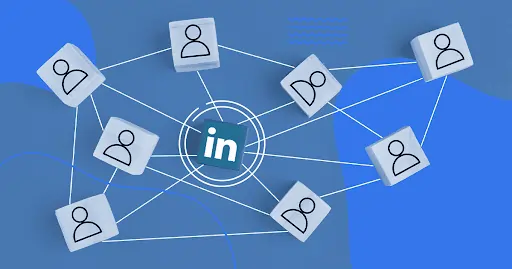
New entrants appealed to users by promoting:
- Cleaner interfaces without ads or clutter
- Specialized professional communities
- Anonymous discussions and reviews
- More control over data and privacy
- Niche features for targeted user bases
- Modern, mobile-centric experiences
With viable substitutes gaining traction, dissatisfied users started exploring competitors tailored to professional social networking.
Backlash Against Premium Subscriptions
To boost revenue as problems mounted, LinkedIn began pushing its premium subscription model aggressively. But this strategy also backfired due to:
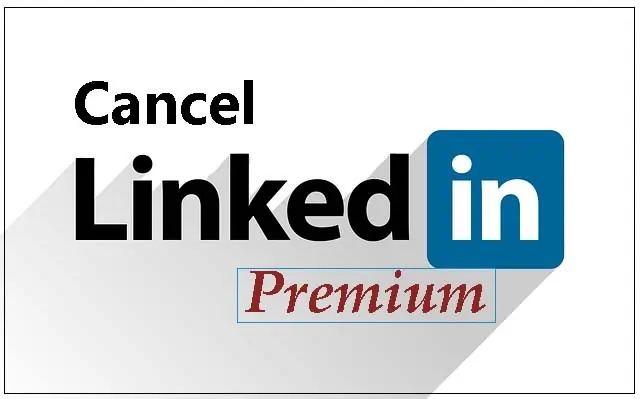
- Pressure tactics to get users to upgrade
- Limiting functionality in a free version that previously wasn’t
- Offering exclusive tools and features only to paying members
- Price hikes make premiums too expensive for many
- Buggy premium experiences negating perceived value
- Creating tiered access that goes against merit-based networking
The harder sell and artificial limits placed on non-paying users sparked criticism of LinkedIn’s subscription monetization approach.
Declining User Engagement
The combination of these issues led to declining user activity and engagement on the platform. Key indicators of this included:

- Plummeting shares, reactions, and comment rates on posts
- Lower follower counts and connections made for most profiles
- Reduced article readership and visitors to publisher pages
- Sparse activity in once-vibrant industry forums and groups
- More profiles becoming inactive or abandoned completely
- Shift of conversations to other professional platforms
These engagement metrics pointed to an accelerating loss of relevance. LinkedIn was no longer providing the same value to professionals.
Loss of Core User Base
The most worrying signal of LinkedIn’s descent was that even its previously loyal core user base started abandoning the platform.

Long-time power users were deactivating their accounts citing:
- A platform overrun by marketers instead of professionals
- Feeds and interactions bringing zero value
- Privacy and data mining concerns
- An interface optimized for revenue, not users
- Being priced out of premium features and perks
- Better professional networking options emerging
Losing its most engaged users, who contributed disproportionately to LinkedIn’s activity and content, further eroded the platform’s standing.
Potential Turnaround Responses
While LinkedIn faces real challenges, experts suggest some turnaround strategies it could employ:
- Roll back excessive ads and algorithmic feeds
- Rebuild trust by strengthening privacy protections
- Prune irrelevant content to refocus on professional value
- Listen to core user feedback to address frustrations
- Invest in preventing fakes, scams, and misinformation
- Make premium offerings more inclusive and affordable
- Strip back performance-draining interface changes
- Spotlight high-quality professional engagements
- Compete on delivering value, not growth goals
A willingness to correct course and realign with the platform’s original professional networking vision could help LinkedIn regain users. But the degree of damage suffered makes any comeback difficult.
The Downfall of LinkedIn Story: Lessons Learned
LinkedIn’s downfall offers important lessons for any social network seeking sustained success:
- Prioritize delivering real value to users over revenue goals
- Trust and privacy protections should not be compromised
- Focus on user experience and engagement over slick features
- Moderation and governance must expand with user bases
- Don’t lose sight of founding principles and community needs
- Balance monetization models with equitable access
Putting profits over providing a quality user experience can precipitate a platform’s decline, as evidenced by LinkedIn’s lost era.
Also Read – How to Add Social Media Profiles to Google My Business
Also Read – Why You Need to Join Today: The Beginner’s Guide to LinkedIn
Conclusion
LinkedIn’s downfall stands out as a cautionary example of how even the most dominant online platforms can quickly lose relevance when core user value is neglected.
By overlooking privacy, enabling misinformation, and prioritizing ads over professional connections, LinkedIn may have permanently damaged trust.
The road ahead will require a major refocus on LinkedIn’s founding vision and principles to regain users lost during its period of rapid monetization and algorithmic feed proliferation. With viable alternative networks now available, rebuilding engagement and loyalty could prove challenging unless LinkedIn is willing to put its community first again.
